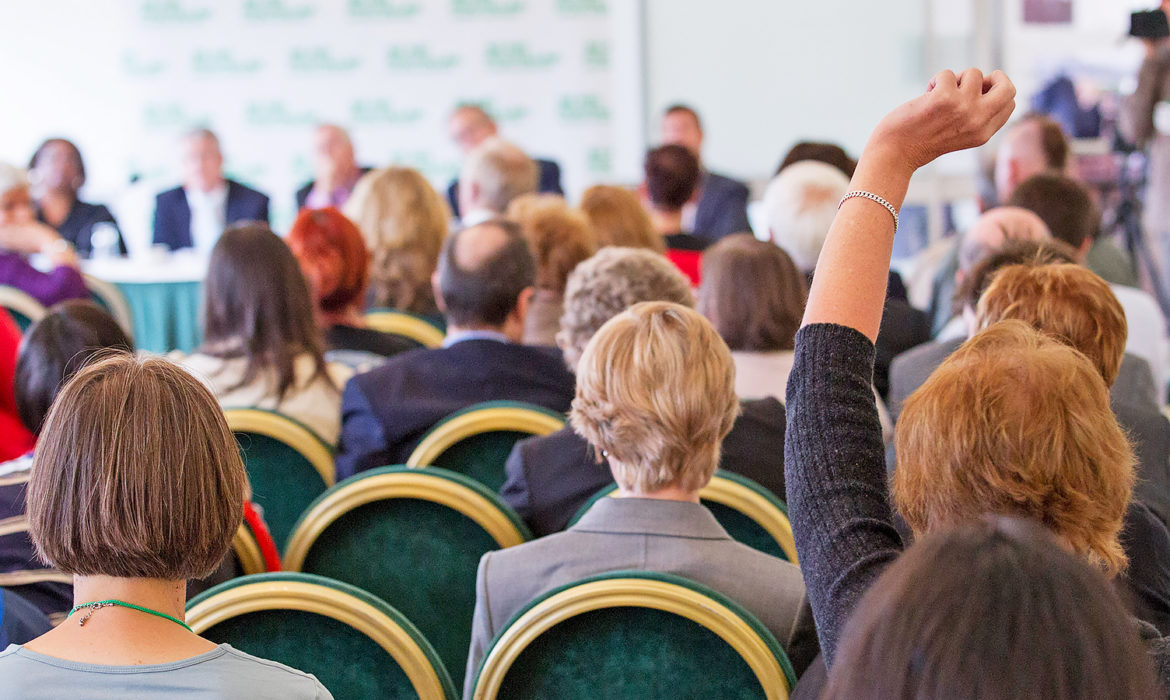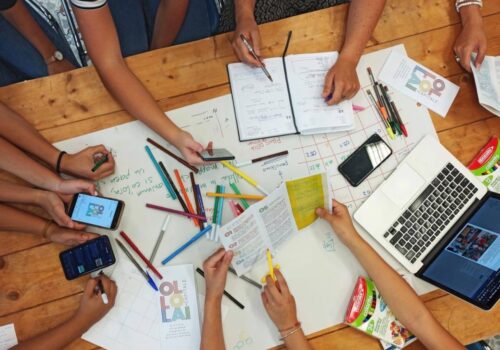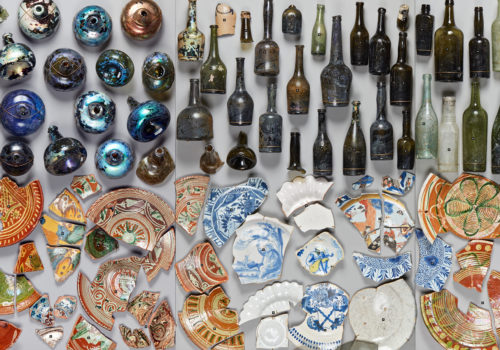From Holland to Italy, three examples of co-designing the urban fabric
«Children used to play here while the adults met to chat and the elderly to play cards. There’s no one here anymore, except perhaps on weekends when people sometimes come out for a walk». This narrative is the same for many public spaces such as squares, courtyards or gardens, zones that over time have turned into non-places which often gradually deteriorate as environments.
How is it possible, then, to give these areas a new identity? In an increasingly fragmented society, how can we turn these spaces back into places where the community can gather?
These and other questions were answered by Donica Buisman, Nasrin Mohiti Asli and Lucrezia Cippitelli, who spoke at a session of the Biennale Spazio Pubblico 2019 at the Architecture School of the Università Roma Tre. The purpose of the seminar was to illustrate a series of best practices on the theme of reactivating the urban social fabric.
Culture
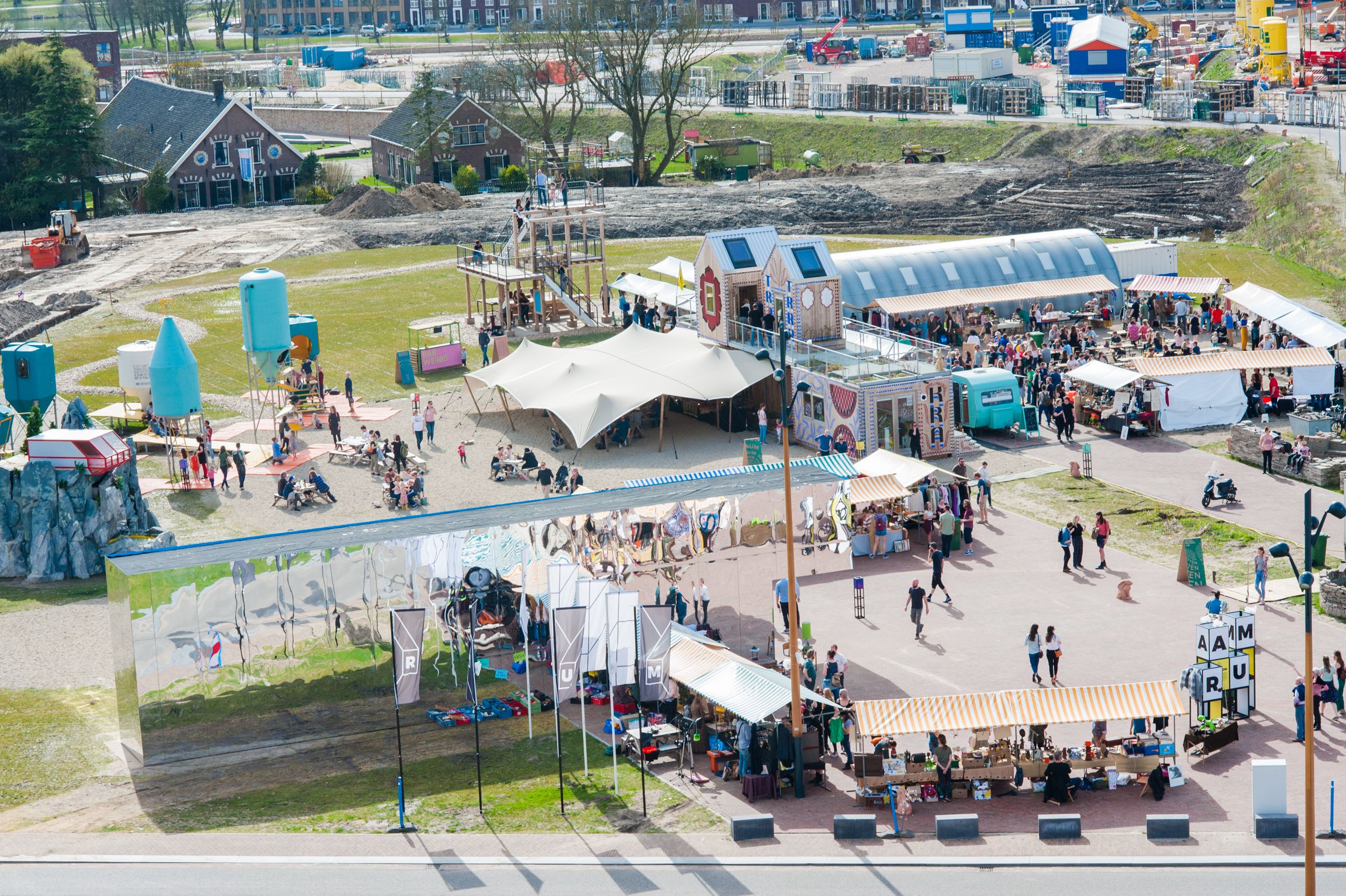 «One of the factors that above others drove me to work on the RAUM project, explained Buisman, is that I love public spaces and the way they create relationships between the people who live around them. In Holland we have many places of this type, but they are rarely recognizable and identity-forging for the inhabitants. It’s not enough to add playgrounds for children and keep the spaces clean. In this sense, I found it very useful to have personally participated in a series of co-creation processes in New York. Sharing the RAUM project with the citizens is what guaranteed its success and enabled us to turn a sort of shopping mall used only by the residents of the Utrecht district into a hub that attracted people from around the city. After a series of initiatives intended to encourage proposals or simply ideas, underscored Buisman, we decided to focus on culture and, at people’s specific request, to have them participate in artistic production. Temporary installations, events, talk shows, theatre, street art. All these elements made it possible to transform an anonymous space used only over the weekend into a suburban centre of the urban fabric. The support of the city of Utrecht, which was also economic, was fundamental to the success of the operation».
«One of the factors that above others drove me to work on the RAUM project, explained Buisman, is that I love public spaces and the way they create relationships between the people who live around them. In Holland we have many places of this type, but they are rarely recognizable and identity-forging for the inhabitants. It’s not enough to add playgrounds for children and keep the spaces clean. In this sense, I found it very useful to have personally participated in a series of co-creation processes in New York. Sharing the RAUM project with the citizens is what guaranteed its success and enabled us to turn a sort of shopping mall used only by the residents of the Utrecht district into a hub that attracted people from around the city. After a series of initiatives intended to encourage proposals or simply ideas, underscored Buisman, we decided to focus on culture and, at people’s specific request, to have them participate in artistic production. Temporary installations, events, talk shows, theatre, street art. All these elements made it possible to transform an anonymous space used only over the weekend into a suburban centre of the urban fabric. The support of the city of Utrecht, which was also economic, was fundamental to the success of the operation».
Participation
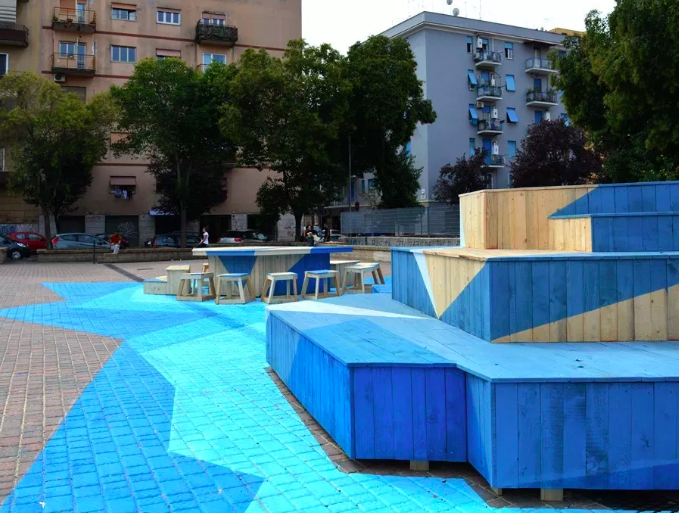 «The case study that I illustrate is part of a long-term research process about reactivating forgotten public spaces», began Nasri Mohiti Asli from the architectural collective Orizzontale. «The site is located in Marranella, in the southeastern quarter of the capital city. The district, founded in the early twentieth century, soon became an area inhabited primarily by immigrants, first Italian then foreign, often forgotten by the City Administration. An example? Many streets and squares have no names, like the lot we dealt with. The public space in question is located above an underground parking lot built in the first decade of the 2000s. Despite the existence of a plan that included the construction of public utility projects to be paid for by the company that did the work, nothing happened. After being fenced in and closed off for a long time, in 2011 the area was returned to the city and transformed into a sort of city square totally devoid of urban furniture. As Orizzontale, said Mohiti Asli, we decided to launch an initiative to get people involved known as “Iceberg”, a sort of metaphor for the stifled potential of the district, with the purpose of repopulating the space and reactivating the residents’ sense of community. So we produced temporary structures that we positioned in the town square. Furthermore, to stimulate participation, the paving was covered with a work of street art. This drove many inhabitants, who did or did not agree, to offer alternatives and push to have a voice about the fate of the space. Unfortunately, the Administration’s inability to deal with these bottom-up co-management processes for the spaces led to the end of this experience».
«The case study that I illustrate is part of a long-term research process about reactivating forgotten public spaces», began Nasri Mohiti Asli from the architectural collective Orizzontale. «The site is located in Marranella, in the southeastern quarter of the capital city. The district, founded in the early twentieth century, soon became an area inhabited primarily by immigrants, first Italian then foreign, often forgotten by the City Administration. An example? Many streets and squares have no names, like the lot we dealt with. The public space in question is located above an underground parking lot built in the first decade of the 2000s. Despite the existence of a plan that included the construction of public utility projects to be paid for by the company that did the work, nothing happened. After being fenced in and closed off for a long time, in 2011 the area was returned to the city and transformed into a sort of city square totally devoid of urban furniture. As Orizzontale, said Mohiti Asli, we decided to launch an initiative to get people involved known as “Iceberg”, a sort of metaphor for the stifled potential of the district, with the purpose of repopulating the space and reactivating the residents’ sense of community. So we produced temporary structures that we positioned in the town square. Furthermore, to stimulate participation, the paving was covered with a work of street art. This drove many inhabitants, who did or did not agree, to offer alternatives and push to have a voice about the fate of the space. Unfortunately, the Administration’s inability to deal with these bottom-up co-management processes for the spaces led to the end of this experience».
Comnunity
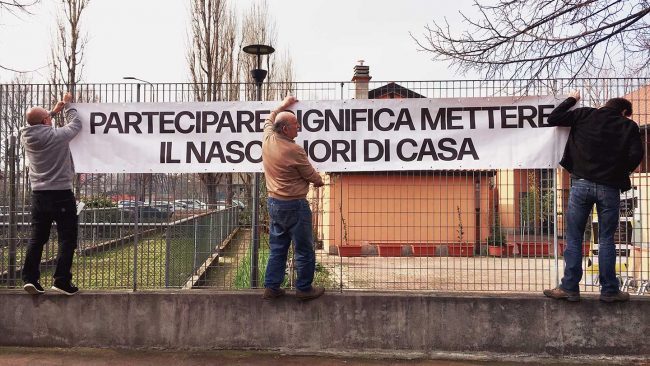 Lucrezia Cippitelli, a professor of aesthetics at the Accademia di Belle Arti di Brera illustrated the experience of the cultural transformation agency cheFare. «The “Civic Media Art, Media Civici di Artista” project took place in Milan in the Adriano district, which was founded to be a garden district for the new middle class, but was never completed. Thanks to a collaboration with the Dutch embassy, we visited various sites in the Netherlands where the residents enabled participated processes focusing on restoring the identity of public spaces. Our process, which aimed at restoring the sense of community in a splintered social reality, began with a discussion among all, and I mean all, the different components of the district. We organized parties, concerts, dinners, public readings and sporting events. In the end, we worked the project out and proposed two interventions that, while episodic, had a very strong impact on the district. There were two actions: putting up banners with short sentences on the windows of houses to try and give a voice to the vision of the inhabitants, and organizing a festival open to the entire city of Milan, not just to the residents in the neighbourhood. The purpose? To bring people together and encourage the rise of a new narrative in the district, to lead it beyond the vision of a multicultural suburb with no past, present or future».
Lucrezia Cippitelli, a professor of aesthetics at the Accademia di Belle Arti di Brera illustrated the experience of the cultural transformation agency cheFare. «The “Civic Media Art, Media Civici di Artista” project took place in Milan in the Adriano district, which was founded to be a garden district for the new middle class, but was never completed. Thanks to a collaboration with the Dutch embassy, we visited various sites in the Netherlands where the residents enabled participated processes focusing on restoring the identity of public spaces. Our process, which aimed at restoring the sense of community in a splintered social reality, began with a discussion among all, and I mean all, the different components of the district. We organized parties, concerts, dinners, public readings and sporting events. In the end, we worked the project out and proposed two interventions that, while episodic, had a very strong impact on the district. There were two actions: putting up banners with short sentences on the windows of houses to try and give a voice to the vision of the inhabitants, and organizing a festival open to the entire city of Milan, not just to the residents in the neighbourhood. The purpose? To bring people together and encourage the rise of a new narrative in the district, to lead it beyond the vision of a multicultural suburb with no past, present or future».
© ALL RIGHTS RESERVED
translation by Olga Barmine


